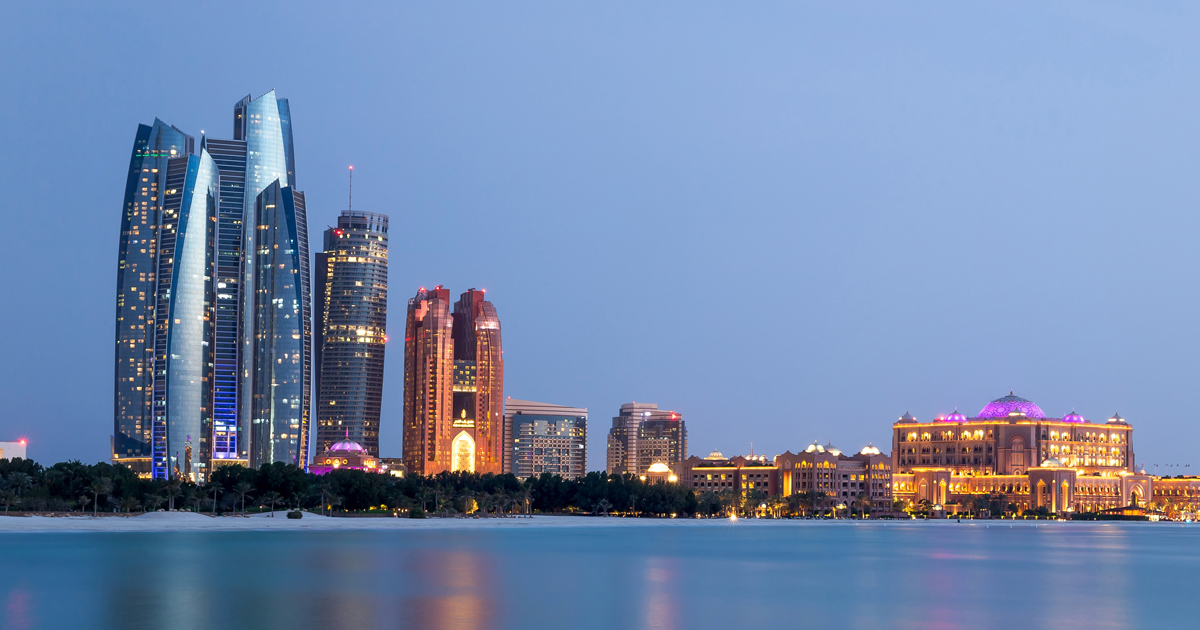Peach palm (Bactris gasipaes Kunth) is cultivated by smallholders in Central and northern South America, principally for fruit production. In 1997, the World Agroforestry Centre (ICRAF) and Peru's National Institute for Agricultural Research (INIA) began a participatory genetic improvement programme of the species. The programme was started by collecting open-pollinated seed from 402 selected trees. We describe relationships between fruit characteristics of these trees, and between these characteristics and environmental variables of the collection sites. Significant relationships included the following: negative correlations between number of fruits raceme-1 and measures of individual fruit size and weight (-0.34 to -0.49); non-independence between exocarp colour and fruit size (fruits with greenish-red exocarps were the largest and heaviest); unstriated fruit tended to be smaller than striated fruit; fruits with white mesocarps had starchy, yellow exocarps and tended to be lighter (but not smaller) than fruits with creamy-orange mesocarps, although total fruit weight raceme-1 was higher for white mesocarps; starchy fruits, which included all yellow fruits, were bigger and heavier than oily fruits, and with higher total fruit weight raceme-1. Total fruit weight raceme-1 and numbers of fruit raceme-1 were affected by site variables, but measures of individual size and weight and categorical fruit variables were largely unaffected. We suggest that categorical fruit variables and measures of individual fruit size and weight are likely to have higher heritabilities than total fruit weight raceme-1 or number of fruits raceme-1, and that phenotypic correlations involving those traits that appear to be little affected by environmental variables are more likely to have stronger genotypic components than correlations involving traits that are susceptible to environmental effects.
DOI:
https://doi.org/10.1007/s10681-009-0073-7
Altmetric score:
Dimensions Citation Count:
























